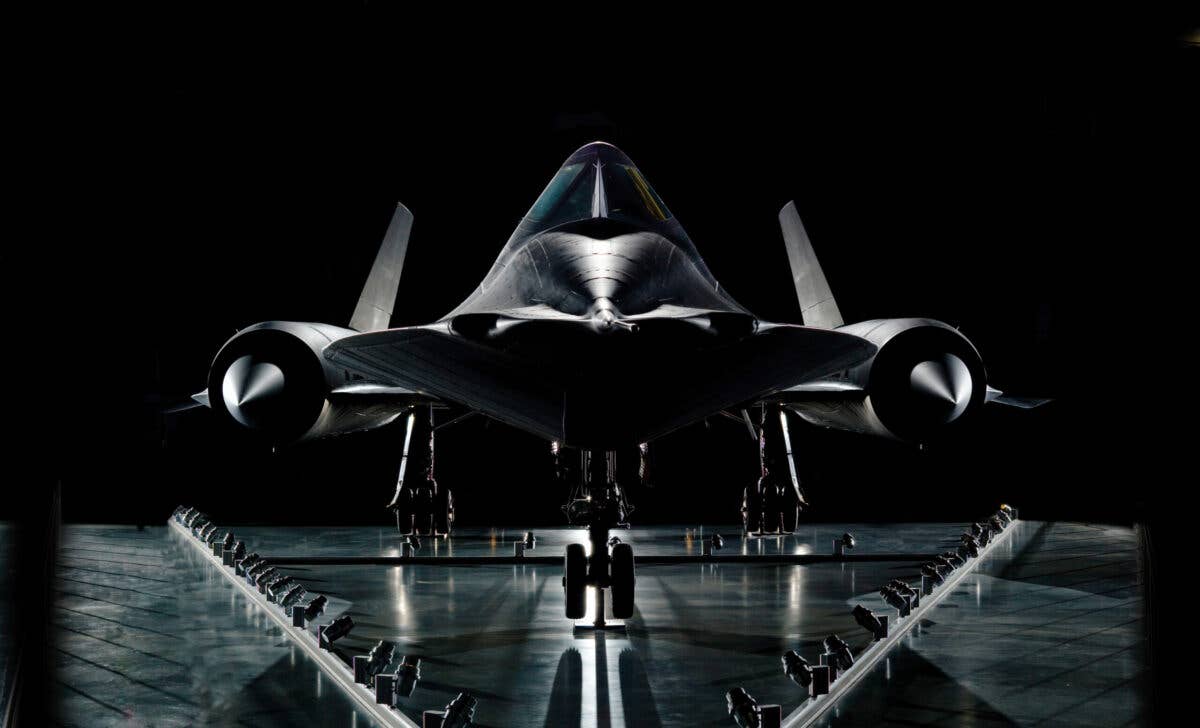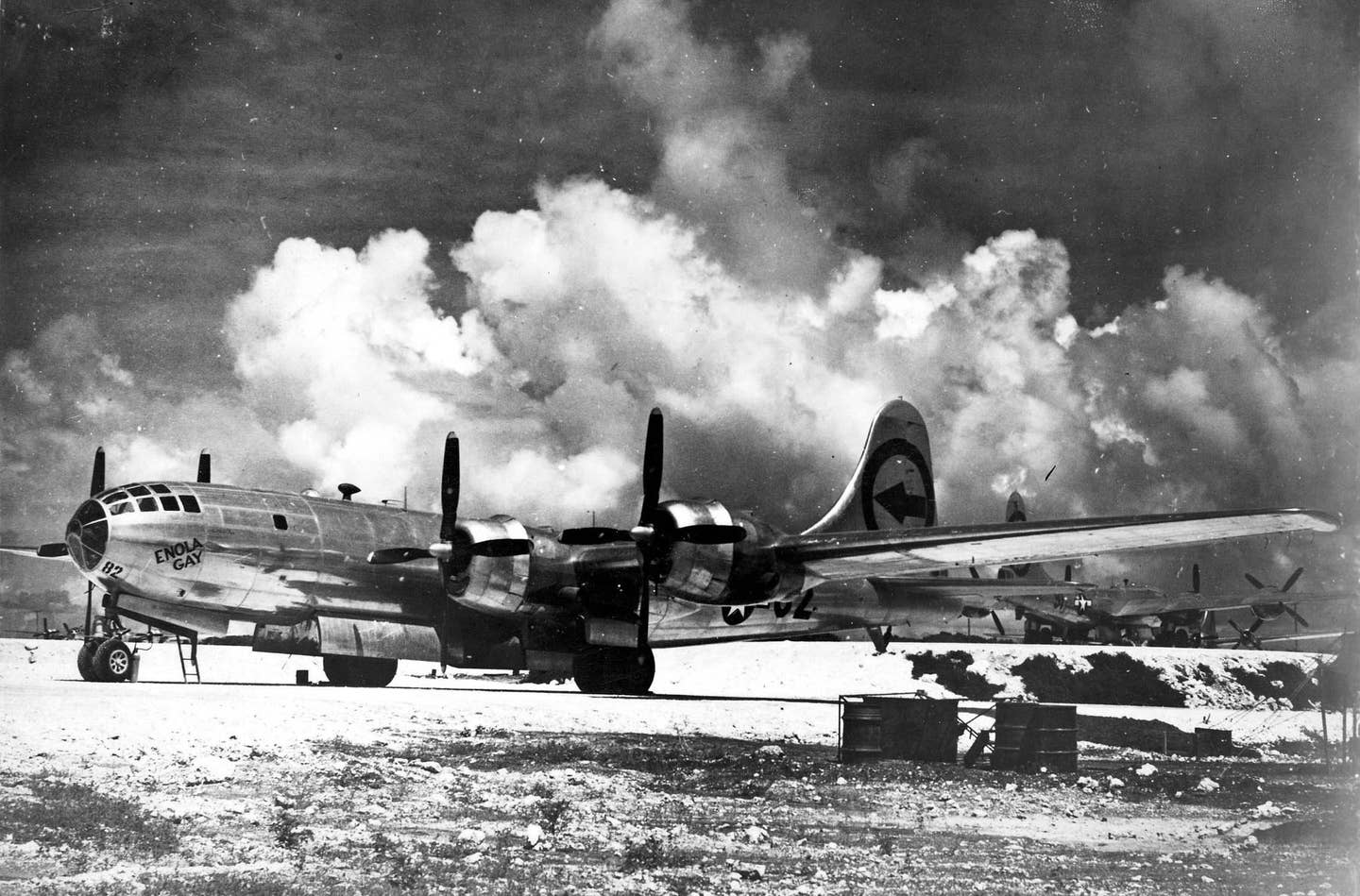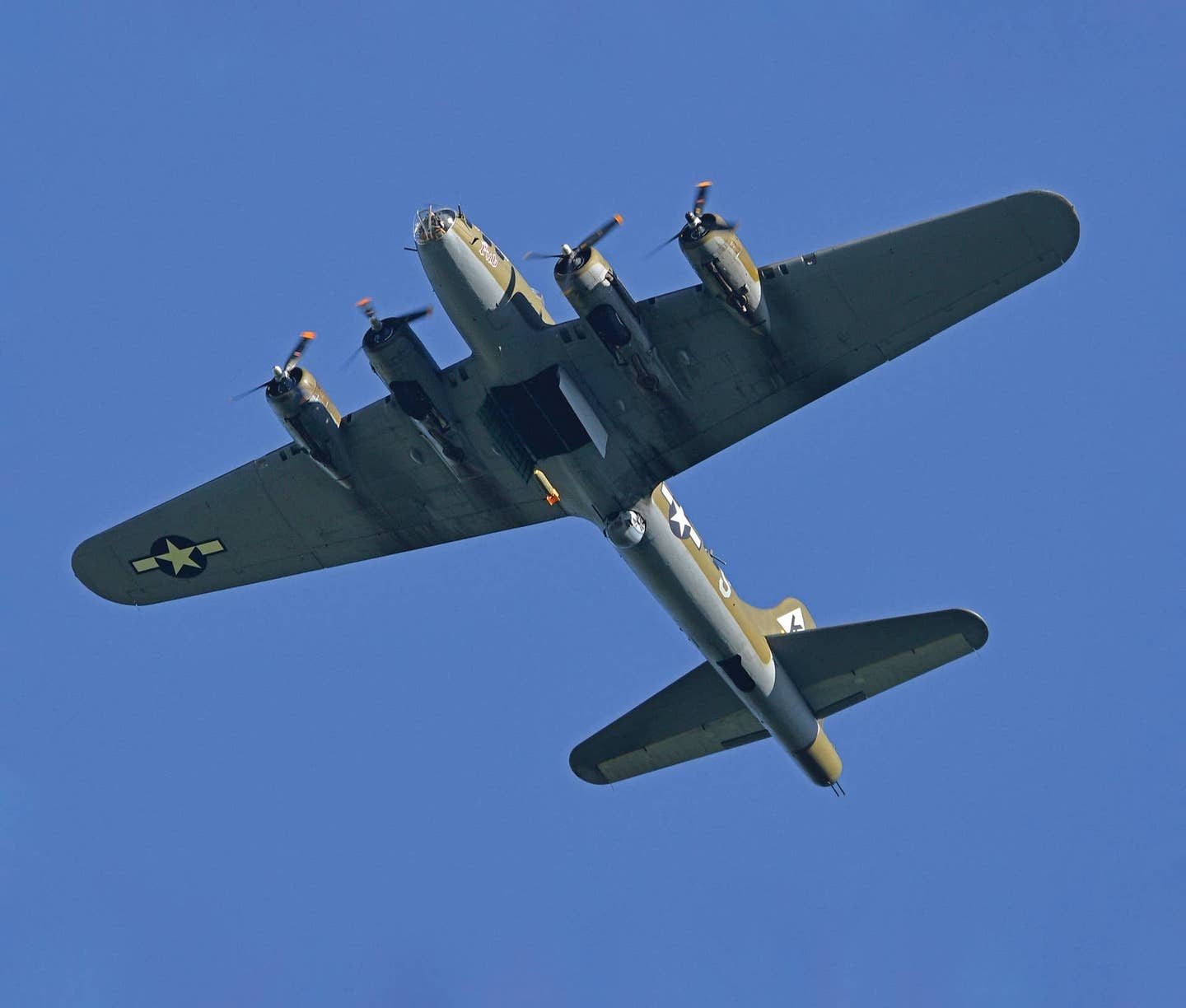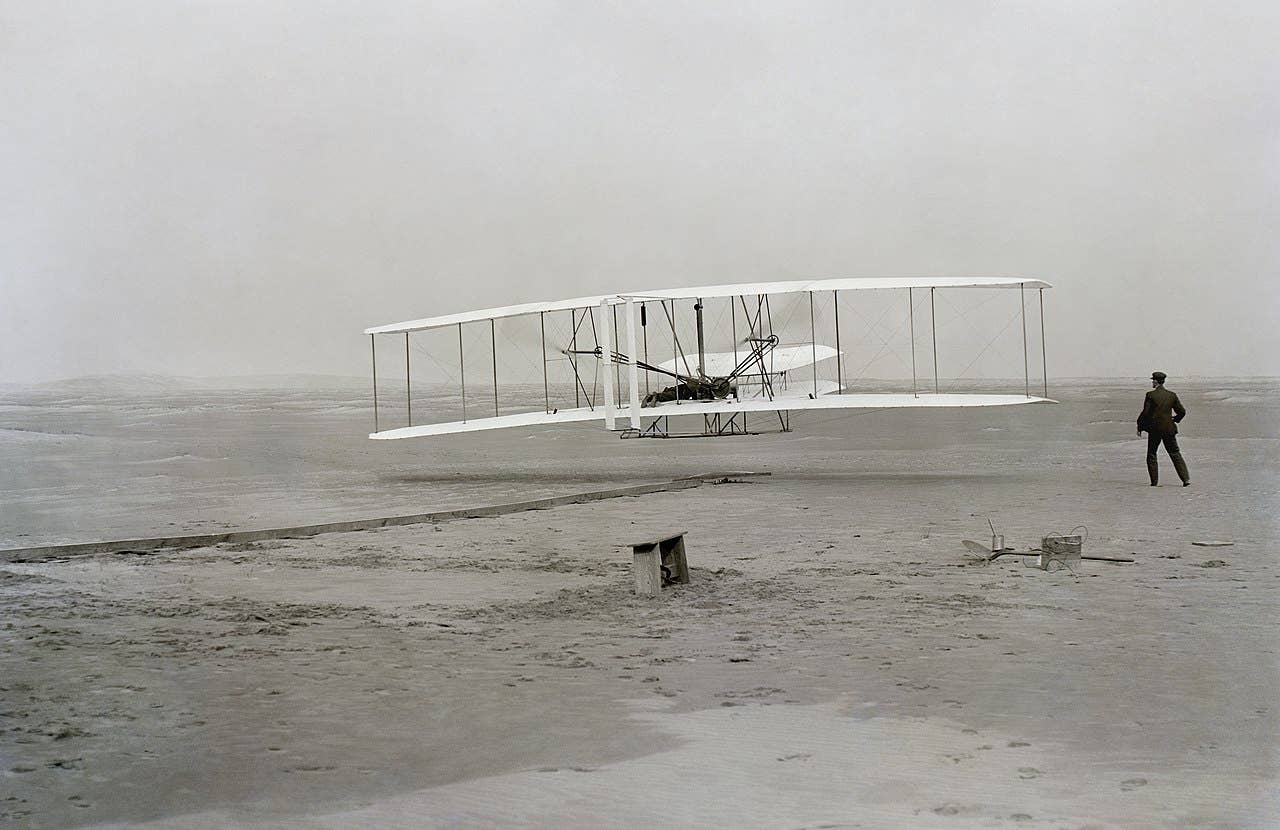Museum Spotlight: Smithsonian National Air & Space Museum
In a museum filled to the rafters with aviation history, Air & Space Museum curators’ have their favorites.

The Lockheed SR-71 Blackbird is on display at the Steven F. Udvar-Hazy Center. [Courtesy: Smithsonian Institution]
We all have our favorite aircraft—even the people who are charged with caring for them at the aviation museums across the country. Since December is the birthday month of powered flight, FLYING magazine reached out to museums across the country to find out which aircraft are the personal favorites of the museum staff as well as the museum visitors.
Smithsonian National Air & Space Museum, Washington, D.C.
Lockheed SR-71 Blackbird
"One of my favorite things to do is watch visitors come into the Udvar-Hazy Center, busy and distracted, and then be totally mesmerized by the sight of the SR-71 Blackbird. I love seeing them slowly lower their phones, their jaws dropping as they take in the sleek, majestic shape of the fastest jet airplane ever built. I can't blame them, I had the same response when I saw it for the first time! The SR-71 is certainly one of my favorite aircraft. It still looks like it’s from the future, even though its design began in the late 1950s. It was designed by hand, calculated with slide rules, long before computer-aided design techniques existed. It was also the first airplane to be designed from the beginning to reduce its detectability by radar. Although it is not a 'stealth' plane by today's standards, it was a foundation for later stealth aircraft like the F-117 Nighthawk and the B-2 Spirit. I think the fact that the Blackbird is also an unarmed surveillance and reconnaissance plane adds to its mystique. This is not a plane that engages in active fighting, but its role demonstrates just how important reliable information is for national security concerns. The Blackbird provided key intelligence during the Vietnam War and most of the Cold War, allowing policy makers at every level to make informed decisions."
– Mike Hankins, aviation curator, Smithsonian’s National Air and Space Museum
Pitts S-1C
"Betty Skelton’s Pitts S-1C is the oldest existing Pitts as well as a unique/the smallest Pitts still in existence. Betty’s story stands alone in her pursuit of aerobatic excellence as three-time Feminine Aerobatic Champion, twice in this aircraft—1949 and 1950. The championships and her airshow performances created the buzz and respect for the design. The plane’s excellent aerobatic qualities created by Curtiss Pitts made it the aerobatic aircraft of choice for U.S. acro pilots in the 70s and 80s (an American won the 1972 World Aerobatic Championship flying the Pitts S-1S—that type also in our collection), and it remains an important aerobatic trainer to this day. I am so pleased Betty’s Little Stinker greets everyone at the Udvar-Hazy Center entrance, and Betty was delighted too!"
– Dorothy Cochrane, aviation curator, Smithsonian’s National Air and Space Museum
Lockheed Vega 5B
"Amelia Earhart’s Lockheed Vega 5B is the huge draw in my collection for obvious reasons and is possibly in the museum’s top three or five after the Wright Flyer and Spirit of St Louis."
– Dorothy Cochrane, aviation curator, Smithsonian’s National Air and Space Museum
Boeing 247-D, 307 Stratoliner, Ryan NYP
"Boeing 247 (the subject of my first book); the Macchi C.202 Folgore (I love Italian machines); Ryan NYP Spirit of St. Louis (it is the “Spirit” after all); the Boeing 307 Stratoliner (it is too cool), and many more."
– Bob van der Linden, aviation curator, Smithsonian’s National Air and Space Museum
Curtiss F9C-2 Sparrowhawk
"I am particularly fond of the Curtiss F9C-2 Sparrowhawk currently on display at the Udvar-Hazy Center. It is a Navy biplane that was specifically assigned to the airship fleet, and operated from the flying aircraft carriers USS Macon and USS Akron. It used an incredible hook and trapeze recovery system that allowed it to be launched from and recovered by the airships in flight, and were stored within the airships in specially designed hangars."
– Thomas Paone, museum specialist, Smithsonian’s National Air and Space Museum

Sign-up for newsletters & special offers!
Get the latest FLYING stories & special offers delivered directly to your inbox






